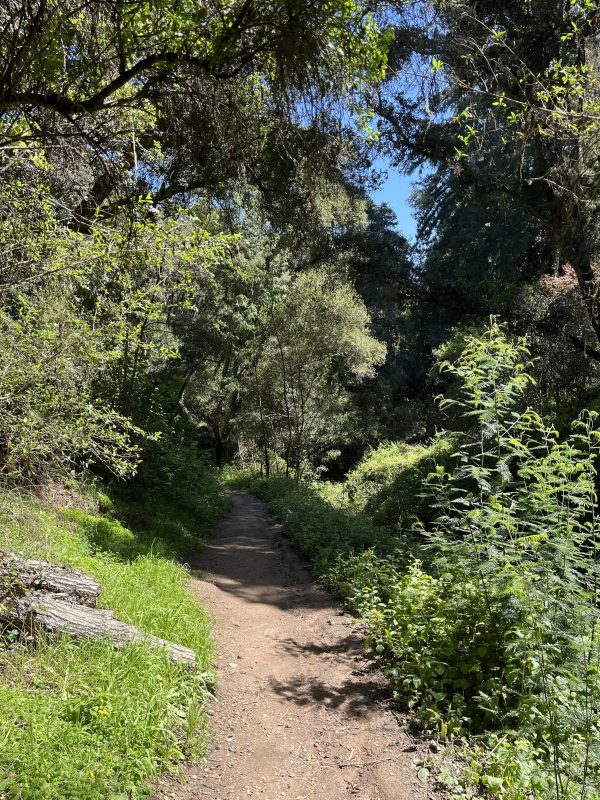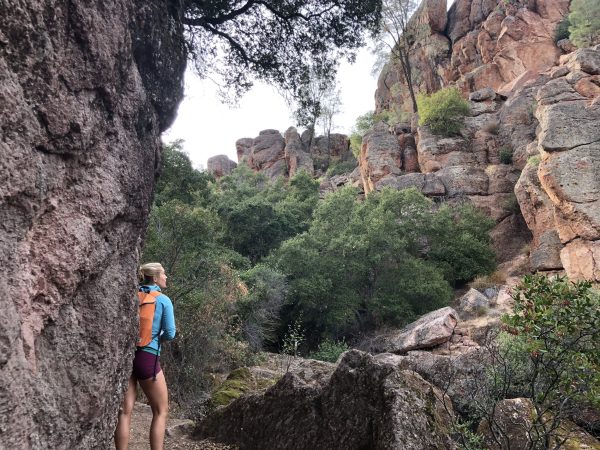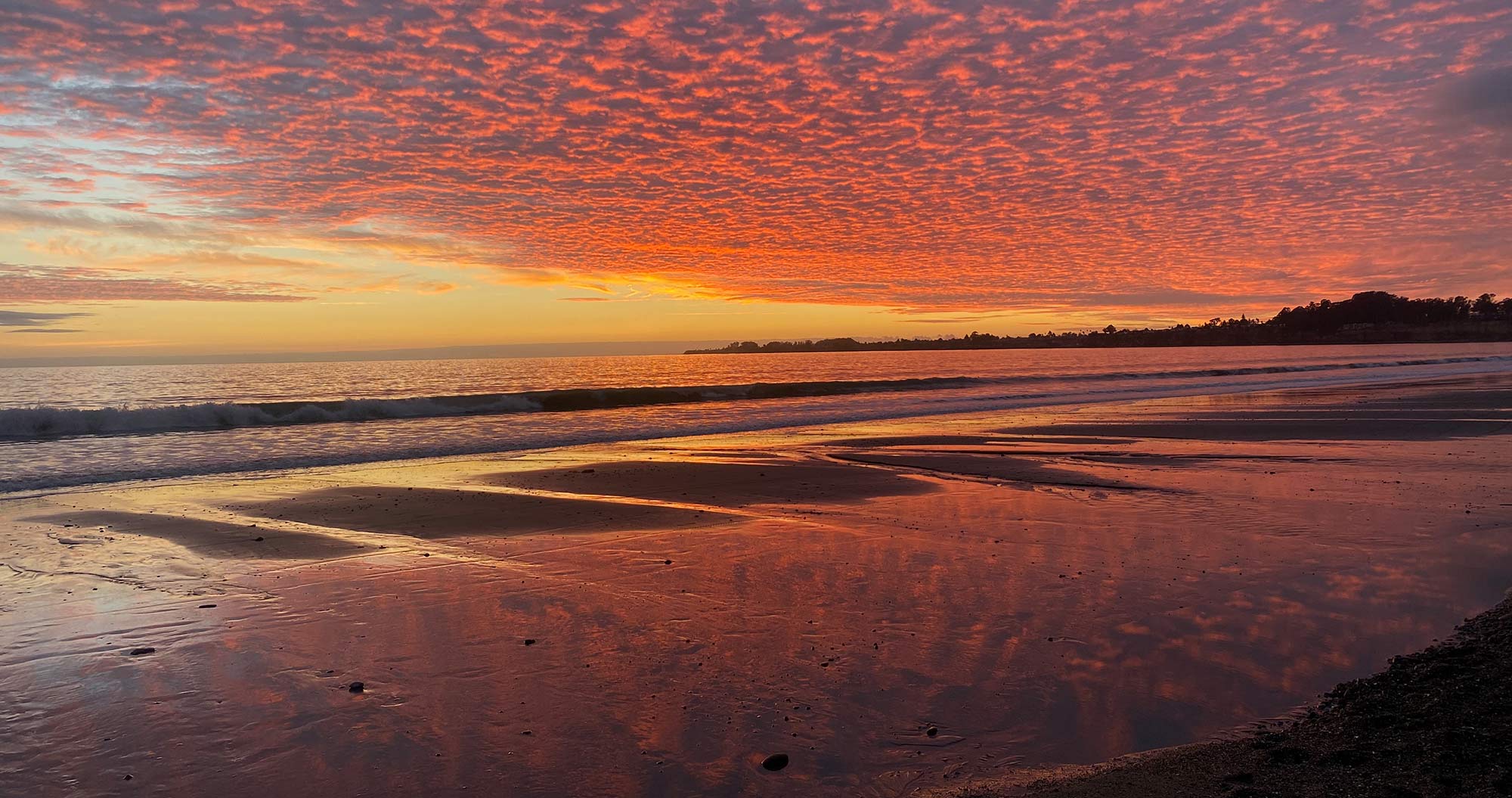 On February 5, 2024, the New York Times published an article titled “Therapists Trade the Couch for the Great Outdoors”. The impact of this article rippled through my life unexpectedly, with approximately seven friends reaching out to me about it, followed by a flood of inquiries from graduate students and fellow clinicians curious about my experiences with hiking therapy. It was evident that this article had struck a chord, whether due to its prominence in one of the nation’s leading newspapers, a growing interest in alternative therapies (which surged during the pandemic), or a collective weariness with the confines of indoor, sedentary life. There seems to be a shift in the way we approach therapy.
On February 5, 2024, the New York Times published an article titled “Therapists Trade the Couch for the Great Outdoors”. The impact of this article rippled through my life unexpectedly, with approximately seven friends reaching out to me about it, followed by a flood of inquiries from graduate students and fellow clinicians curious about my experiences with hiking therapy. It was evident that this article had struck a chord, whether due to its prominence in one of the nation’s leading newspapers, a growing interest in alternative therapies (which surged during the pandemic), or a collective weariness with the confines of indoor, sedentary life. There seems to be a shift in the way we approach therapy.

This office is lovely, but an office setting is not where I envision my practice.
When I first began my practicum as a graduate student, I grappled with the idea that I would have to spend hours indoors in an office if I wanted to become a therapist. I have always been someone who loves being outdoors in nature, who struggles to sit still for more than an hour at a time, and I didn’t want to give that part of myself up because of the career path I had chosen. Yet, I felt pressured to conform to the traditional way of doing things. I wore “professional” clothing, sat in a chair in an office seeing clients after class, and tried to embody the therapist I thought I was supposed to be. I found myself deeply unhappy and unfulfilled wearing this mask.
At the peak of the pandemic, I was working as a trainee at a residential clinic for substance use disorders. Faced with Covid restrictions limiting therapy space, I had to come up with creative ways to see clients. I began offering sessions outdoors, and then I received permission to walk with clients in the neighborhoods around the clinic. During these walks, I noticed a distinct shift in the dynamic of the sessions. Without prolonged eye contact, clients appeared more at ease. Conversations flowed more naturally, and moments of insight emerged organically amidst the surroundings. I also felt more comfortable walking with clients, shedding the “professional mental health counselor” persona and showing up more authentically in sessions. I continued offering the walking sessions even when rooms were available in the clinic, and my clients seemed to prefer these sessions just as much as I did.
As I gained confidence offering walking sessions for my clients, I decided to research the efficacy of hiking therapy for my senior capstone project. I wanted to add validity to a therapeutic modality with less research and visibility. As I delved deeper, interviewing practitioners and immersing myself in the literature, my conviction grew stronger: traditional indoor therapy was not the only path to healing. I felt secure in knowing that once I graduated, I wanted to take my practice into nature. I hoped to offer the kind of therapy that I would seek out for myself and show up in this career authentically, rather than as a caricature of what I believed a therapist was supposed to look like.

This is who I am. I feel more myself wearing hiking clothes with my hair in a bun, and this is how I want to show up as a therapist.
The transition from theory to practice was not without its challenges. Because there aren’t any clear guidelines or special licenses for hiking therapy, I noticed imposter syndrome creeping in, and I experienced some doubt around my ability to ensure client safety and confidentiality on the trail. I still remember my first hiking session with a client. I felt so nervous, but the moment we stepped onto the trail and into the redwoods, my fears dissipated. I noticed a sense of ease in our conversation, the ability to use moments of silence to take in our surroundings. We stopped to sit by a creek, and I felt such immense gratitude that I could offer therapy in such a healing environment.
As I navigated this unconventional terrain, I realized the profound impact of nature on the therapeutic process. The outdoor setting diminished hierarchies, fostering a sense of equality and trust between myself and my clients that I found more difficult to establish when I worked in an office setting. A client and I both run the risk of tripping on tree roots, we both stop to ogle the bright yellow banana slugs. For many, our hiking sessions offered a rare respite from the confines of modern life, a chance to reconnect with the natural world, and, in turn, with themselves.
In a world increasingly tethered to screens and a life lived indoors, hiking therapy emerges as a beacon of a new style of therapy, one that uses our innate urge to be in nature as a tool for healing. It offers a space for clients to share without the pressure of prolonged eye contact, to move their bodies freely, and to engage with the natural world in tandem with a healing professional. As the demand for such experiential modalities continues to grow, I find myself humbled by the opportunity to facilitate healing amidst the beauty of nature’s embrace. And as each journey unfolds on the winding trails of Santa Cruz, I am reminded, time and again, of the transformative power that lies within the simple act of taking a step outside.
References:
Caron, C. (2024, February 5). Therapists trade the couch for the great outdoors. The New York Times. https://www.nytimes.com/2024/02/05/well/mind/outdoor-therapy-depression-anxiety.html

